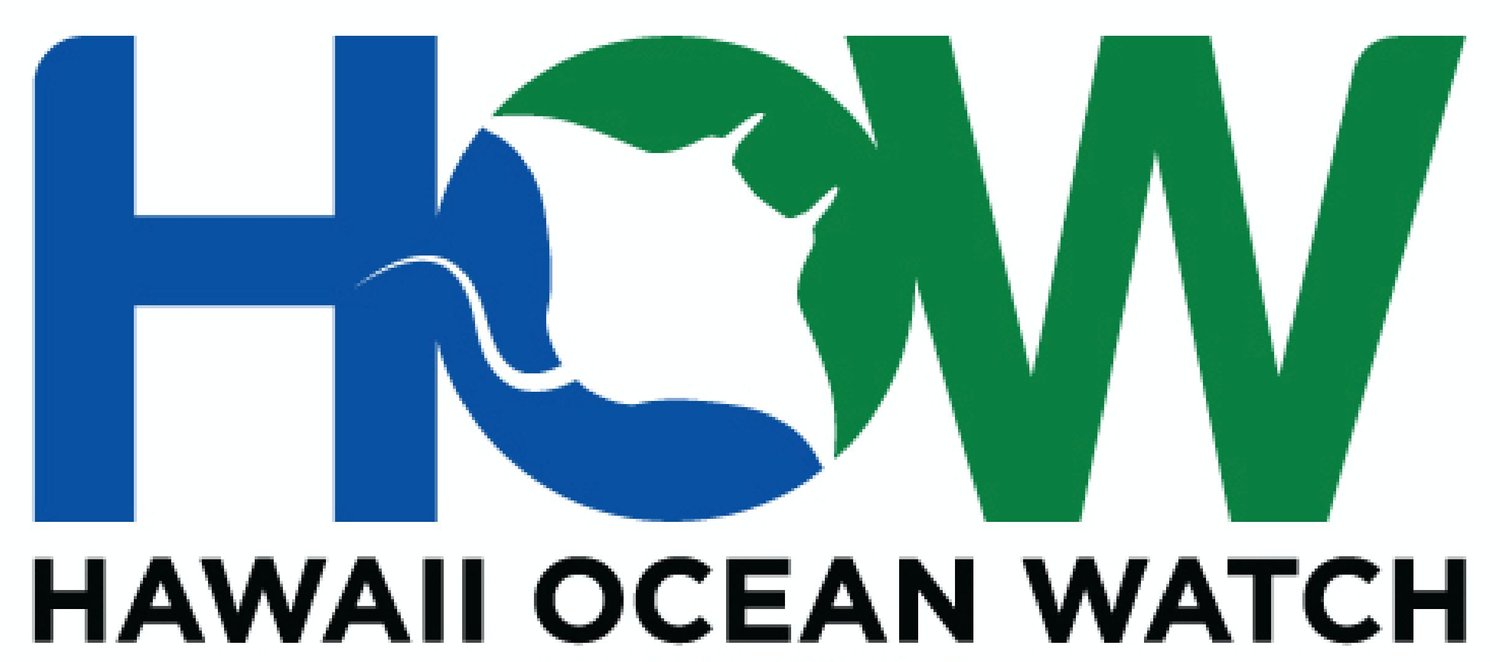Guidelines for responsible humpback whale watching
Humpback whales, known for their spectacular breaches and complex songs, play a crucial role in the marine ecosystem.
Beyond their ecological importance, they hold cultural significance in many coastal and island communities, representing guardianship, guidance, and the interconnectedness of life.
Their annual migration to Hawaii’s warm waters for breeding and calving makes the archipelago a premier whale-watching destination. However, this increased human activity in their natural habitat raises concerns about their well-being and the sustainability of such practices.
This article is part of a series of guidelines we publish to help visitors to Hawaii better understand the challenges different marine animals face. Guidelines for manta rays and Hawaiian monk seals focus on what to do when you encounter one of them when you’re in the water; however, humpback whale tourism is a watch-only activity, as swimming with whales is not an option.
The Rules of Engagement: Guidelines for Whale Watching
To mitigate the impact of human presence on humpback whales, federal regulations protect them by only allowing observing them from a safe and respectful distance.
Here are the key guidelines that all boat operators need to adhere to:
Maintain a Safe Distance: boats must stay at least 100 yards away from humpback whales. This buffer zone ensures the safety of both the whales and humans, preventing stress or harm to the animals and reducing the risk of dangerous encounters.
Respect Their Space: Operators should avoid encircling or trapping whales between boats and never block their paths. These practices can disorient or stress the whales, leading to unpredictable behavior.
Let them through: if a boat is in a whale’s path, the operator should turn off the engine so the whale can pass undisturbed
Minimize Noise Pollution: excessive noise can disrupt the whales’ natural behaviors and communication. Boats should operate at a slow, steady speed and avoid sudden changes in direction or speed when near whales.
Sustainable Practices: How You Can Help
Adhering to legal guidelines is just the beginning and is primarily the responsibility of boat operators.
However, as an individual, you can also contribute to sustainable interactions with humpback whales. Here are some practices to consider:
Educate yourself and others: knowledge is the first step toward conservation. Learn about humpback whales, their behaviors, and their role in the ecosystem. Share this knowledge to promote awareness and respect among fellow ocean-goers.
Choose responsible tour operators: support businesses prioritizing the well-being of wildlife and the environment. Look for operators that follow ethical guidelines and actively contribute to conservation efforts.
Follow the guidance of trained professionals during whale-watching tours
Participate in citizen science: many organizations and research projects welcome public involvement in whale monitoring and data collection. Contributing to these efforts can enhance our understanding of whale behavior and inform conservation strategies.
The Ripple Effect: How We Can Make a Difference
Join us at Hawaii Ocean Watch in our mission to make ocean recreation safe and sustainable.
Your actions can make a profound difference, whether by adhering to whale-watching guidelines, supporting conservation efforts, or simply spreading the word.
Together, we can protect the beauty and diversity of Hawaii’s oceans for all who call it home, both above and below the surface.
